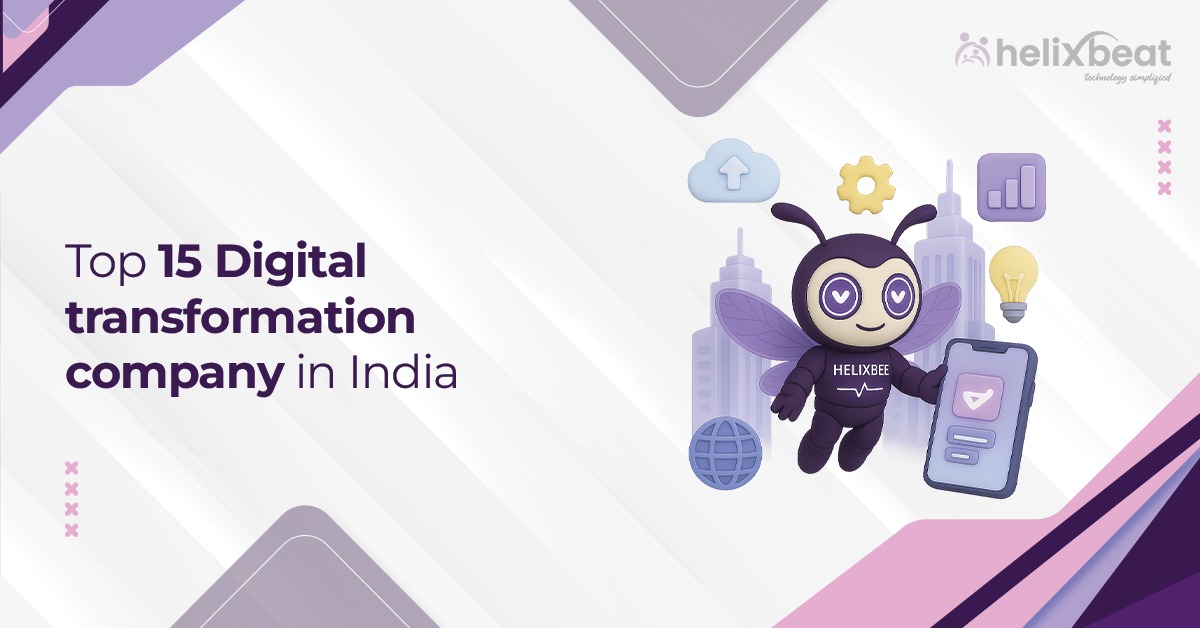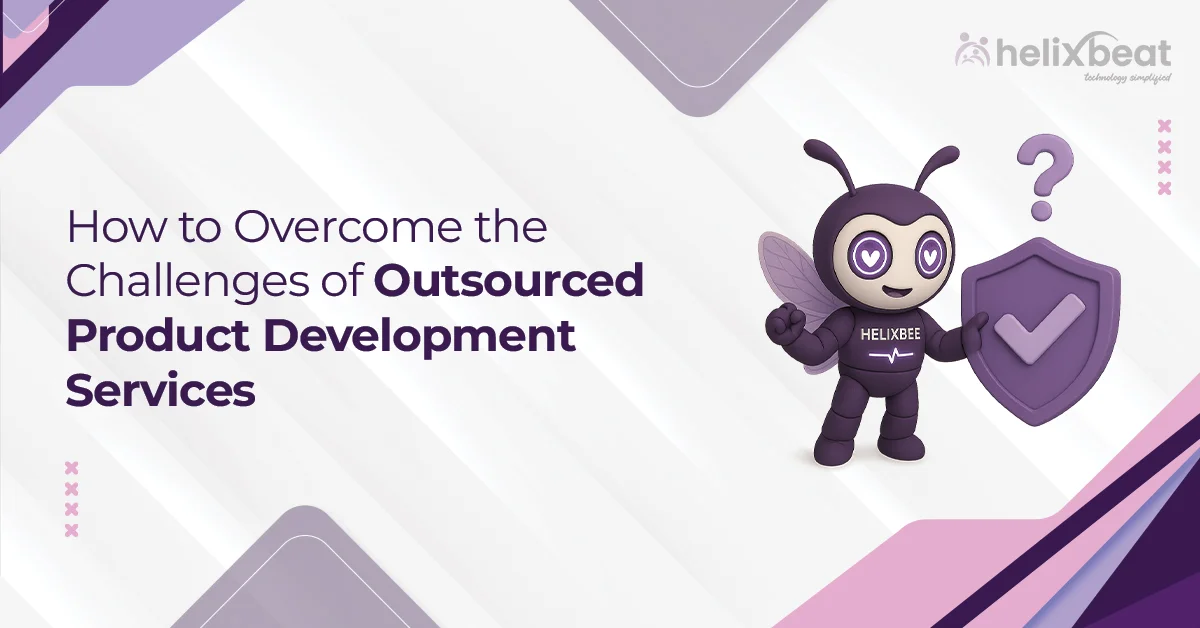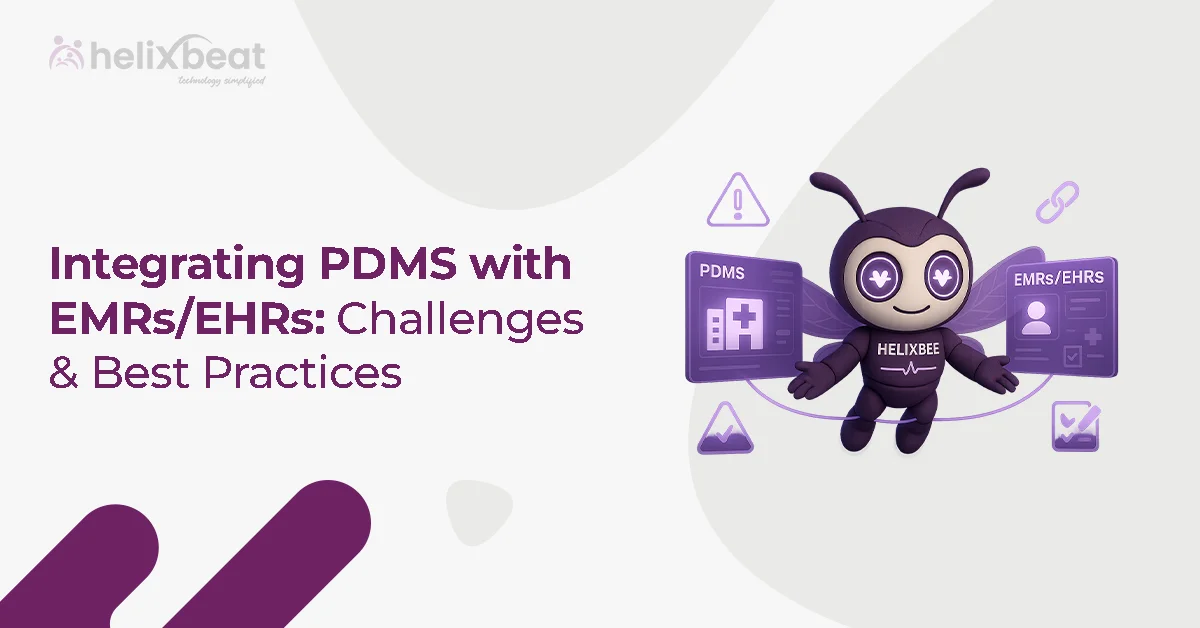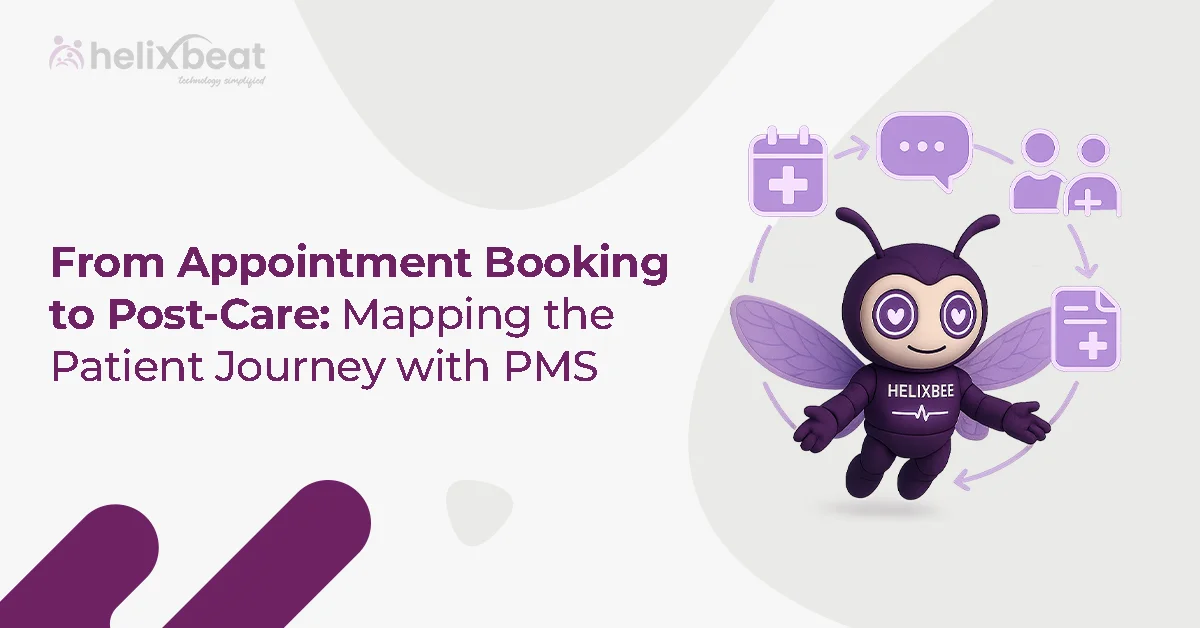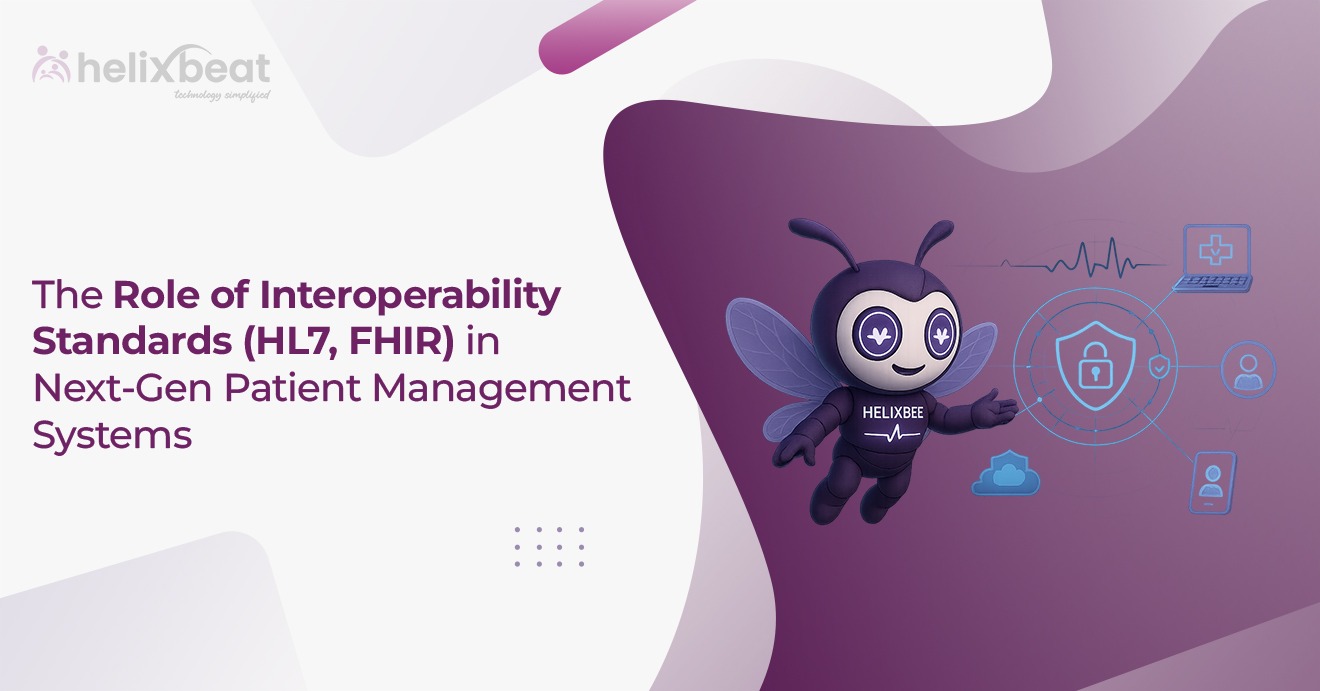In healthcare, one buzzword has steadily risen to prominence: value-based care. Unlike traditional fee-for-service models that reward volume, value-based care prioritizes quality, outcomes, and cost-effectiveness. But delivering value-based care hinges on something often hidden behind the scenes—interoperability. More specifically, FHIR interoperability is redefining how healthcare providers, payers, and patients connect across the data ecosystem.
FHIR (Fast Healthcare Interoperability Resources), developed by HL7, has rapidly become the gold standard for exchanging healthcare information in a consistent, structured, and secure way. But beyond the technical specifications lies a broader narrative: FHIR interoperability is a catalyst for aligning data with patient outcomes—the core mission of value-based care.
Let’s explore how this alignment works, why it matters, and what opportunities lie ahead.

Table of Contents
The Shift Toward Value-Based Care
For decades, healthcare systems across the globe operated on a volume-driven model. Doctors and hospitals were paid based on services rendered, not the health outcomes achieved. As a result, there was little financial incentive to focus on preventive care, reduce readmissions, or manage chronic diseases efficiently.
Value-based care flips this model on its head. Providers are rewarded for keeping patients healthy. Success is measured through metrics like:
- Patient satisfaction
- Hospital readmission rates
- Management of chronic conditions
- Cost reduction across care episodes
But implementing such a model is easier said than done. It demands visibility into the entire patient journey, from primary care visits and specialist consultations to lab results and medication adherence. That’s where FHIR interoperability enters the picture.
FHIR Interoperability: A Foundation for Modern Healthcare
FHIR, or Fast Healthcare Interoperability Resources, is a data standard developed by HL7 to simplify the exchange of healthcare data between systems. What sets FHIR apart is its modular design. Data is broken into “resources” such as Patient, Encounter, Observation, Medication, etc. These can be accessed via RESTful APIs—much like modern web applications.
So what does FHIR interoperability really mean?
It means that disparate systems—from electronic health records (EHRs) and lab systems to insurance portals and mobile health apps—can communicate using a common language. This real-time data sharing enables health professionals to get a 360-degree view of a patient’s medical history, clinical events, and even social determinants of health.
How FHIR Interoperability Supports Value-Based Care
1. Complete, Accurate, and Accessible Patient Records
In value-based care, decisions need to be timely and evidence-based. But fragmented records can lead to misdiagnosis, duplicate tests, or gaps in treatment—all of which negatively impact outcomes and inflate costs.
FHIR interoperability connects systems and silos, allowing providers to retrieve accurate patient records instantly. When a cardiologist in one health system can access a patient’s past EKG results from another facility, it streamlines care and avoids redundancy.
2. Real-Time Data Sharing for Real-Time Decision Making
In value-based models, response time is critical. For example, identifying early signs of sepsis or worsening chronic obstructive pulmonary disease (COPD) can prevent hospitalizations.
Real-time data sharing, made possible by FHIR APIs, helps clinicians react quickly. Connected devices like glucose monitors or smart inhalers can push data directly into a patient’s health record. Clinical decision support tools can analyze trends and alert providers, who can then intervene before a crisis escalates.
3. Enabling Care Coordination Across Teams
A single doctor doesn’t deliver value-based care—it’s a team sport. Primary care physicians, specialists, nurses, social workers, and even caregivers need access to the same up-to-date data.
FHIR interoperability helps bridge communication gaps between these stakeholders. For example, if a patient with diabetes visits both a primary care doctor and an endocrinologist, both providers can access updated lab results, medication changes, and visit notes—regardless of what EHR systems they use.
This level of coordination reduces medical errors, enhances continuity of care, and improves the overall patient experience.
4. Data-Driven Risk Stratification and Population Health
Population health management—another pillar of value-based care—relies on identifying high-risk patients and intervening early. Risk stratification models use data on demographics, comorbidities, socioeconomic factors, and past utilization patterns.
FHIR interoperability allows organizations to pull in data from a wide array of sources: claims data, social services, wearable devices, EHRs, and more. With this data, they can apply analytics and AI tools to identify which patients are likely to be readmitted, fall, or develop chronic diseases—and take action proactively.
5. Measuring Performance and Quality Metrics
Under value-based contracts, providers are reimbursed based on how well they perform against specific benchmarks. This might include blood pressure control in hypertensive patients, screening rates for colon cancer, or patient-reported outcomes.
FHIR-based APIs can standardize and automate data collection for these measures. Instead of manually aggregating data from disparate systems, health organizations can use FHIR to extract relevant information in real time, reducing administrative burden and improving accuracy.
The Road Ahead: Intelligent, Patient-Centered Systems
FHIR interoperability is not just about moving data faster—it’s about using that data intelligently to improve lives. As health systems transition from reactive care to proactive wellness, connected data becomes the backbone of smarter decision-making.
Here’s what we can expect in the next few years:
- Personalized care pathways, powered by AI and real-time clinical data
- Seamless patient experiences, with access to records, prescriptions, and providers from a single digital interface
- New business models, where providers, payers, and tech companies collaborate to manage outcomes and costs collectively
And perhaps most importantly, a healthcare system that listens more closely to patients, responds more quickly to needs, and rewards results over procedures.
How AERIS Powers Smarter Interoperability for Value-Based Care
As value-based care gains momentum, healthcare organizations need more than just data—they need real-time, reliable, and standardized data that seamlessly flows across systems, settings, and stakeholders. That’s where AERIS steps in.
AERIS is an adaptive exchange interoperability platform built to support the future of healthcare. With full compatibility for both HL7 and FHIR standards, AERIS connects legacy infrastructure with next-gen digital health solutions—so your organization doesn’t have to choose between innovation and integration.
What Makes AERIS Different?
- Seamless Integration: Bring together providers, payers, labs, and apps—regardless of the system they use.
- True FHIR Interoperability: Enable clean, structured, and real-time data exchange that fuels smarter decisions.
- Real-Time Data Sharing: Capture and act on clinical events as they happen, not days later.
- Configurable Workflows: From referrals and authorizations to claims and analytics, AERIS flexes to fit your operations.
- Scalable, Secure, Compliant: Built to meet evolving compliance standards while maintaining uncompromising data protection.
AERIS isn’t just a middleware solution—it’s a transformation engine. It helps you eliminate data silos, reduce redundancy, and accelerate progress toward the outcomes that matter most: healthier patients, lower costs, and better care coordination.
Final Thoughts
The path to value-based care isn’t paved with good intentions—it’s built with data. By enabling real-time data sharing, breaking down data silos, and connecting every touchpoint in a patient’s journey, FHIR is helping healthcare make the leap from fragmented transactions to holistic, value-driven care.
With AERIS, interoperability isn’t a hurdle—it’s your competitive advantage. Discover how AERIS can elevate your interoperability strategy today.
FAQs
1. What makes FHIR different from older data standards like HL7 v2?
FHIR is web-based and API-driven, which makes it faster, more flexible, and easier to implement than legacy standards. It uses modular “resources” that can be assembled for various healthcare scenarios.
2. Why is data interoperability important in value-based care models?
Value-based care relies on coordinated, patient-centered care. Interoperability allows data to follow the patient across providers and systems, making collaboration and outcome measurement more effective.
3. Can FHIR interoperability help reduce healthcare costs?
Yes. By improving care coordination, reducing duplicate testing, and identifying high-risk patients earlier, FHIR-driven data exchange can significantly lower unnecessary expenses.
4. How can organizations get started with FHIR interoperability?
Organizations can begin by adopting a scalable interoperability platform—like AERIS—that supports both FHIR and legacy standards, integrates with existing systems, and facilitates secure, real-time data exchange across stakeholders.







